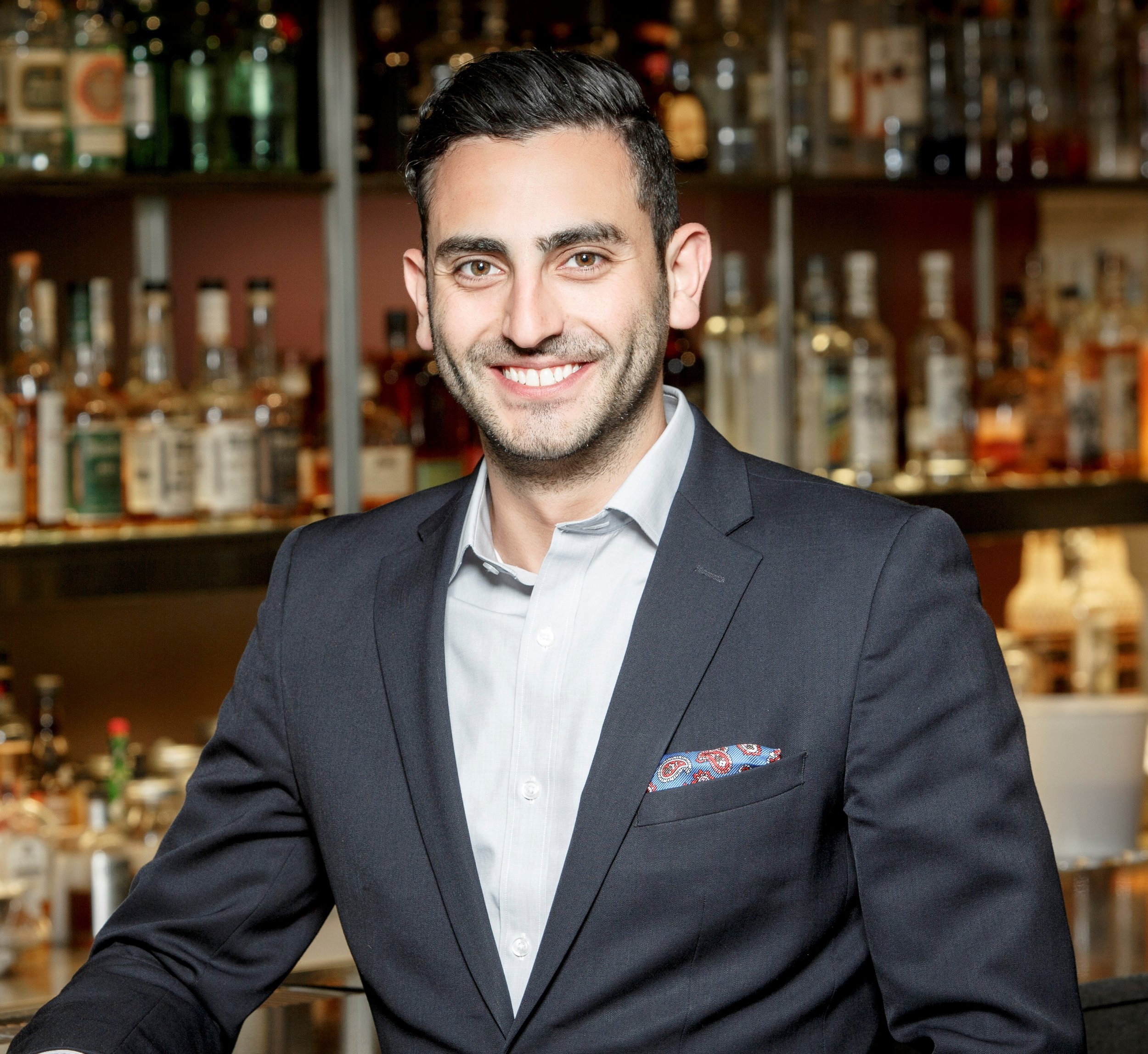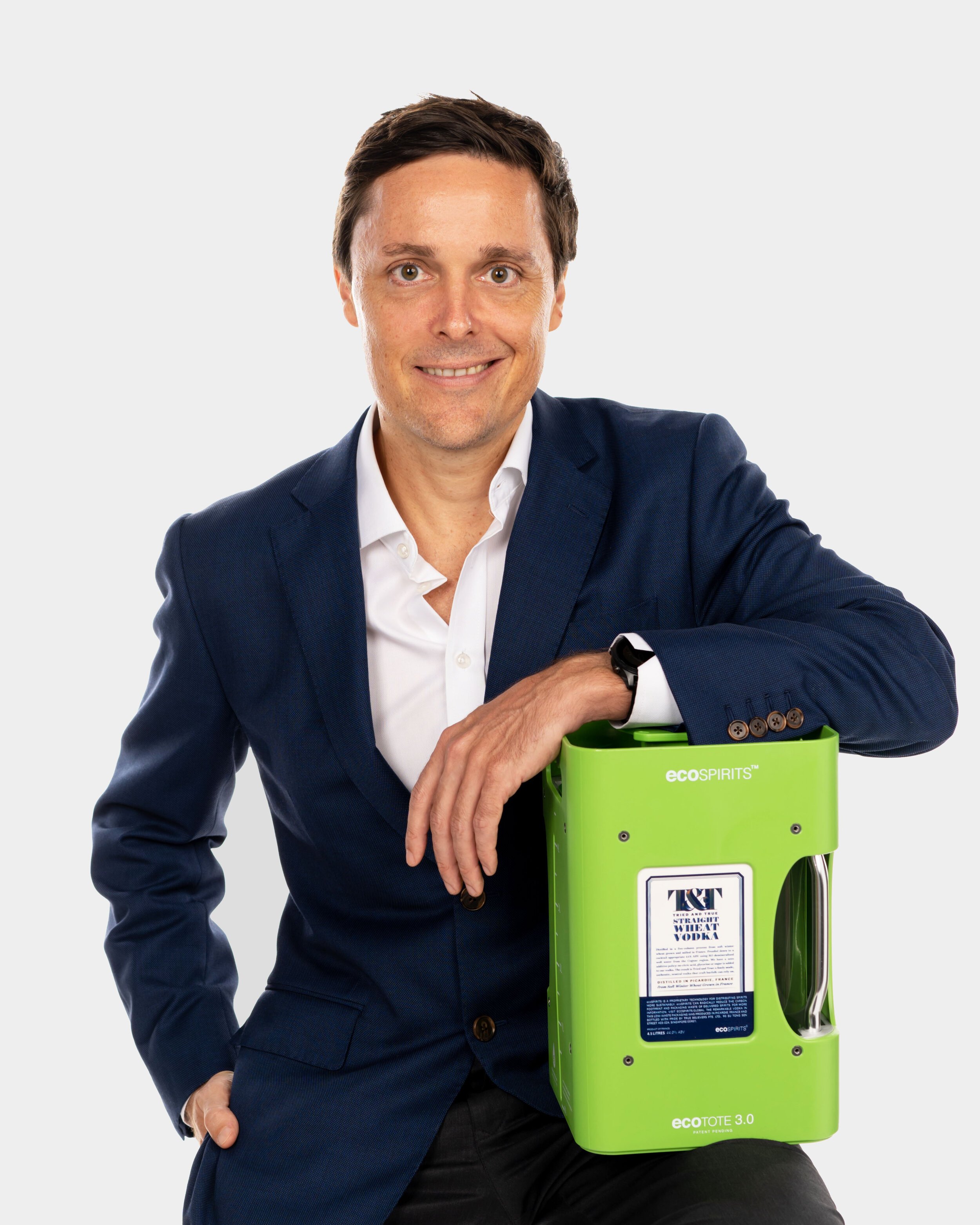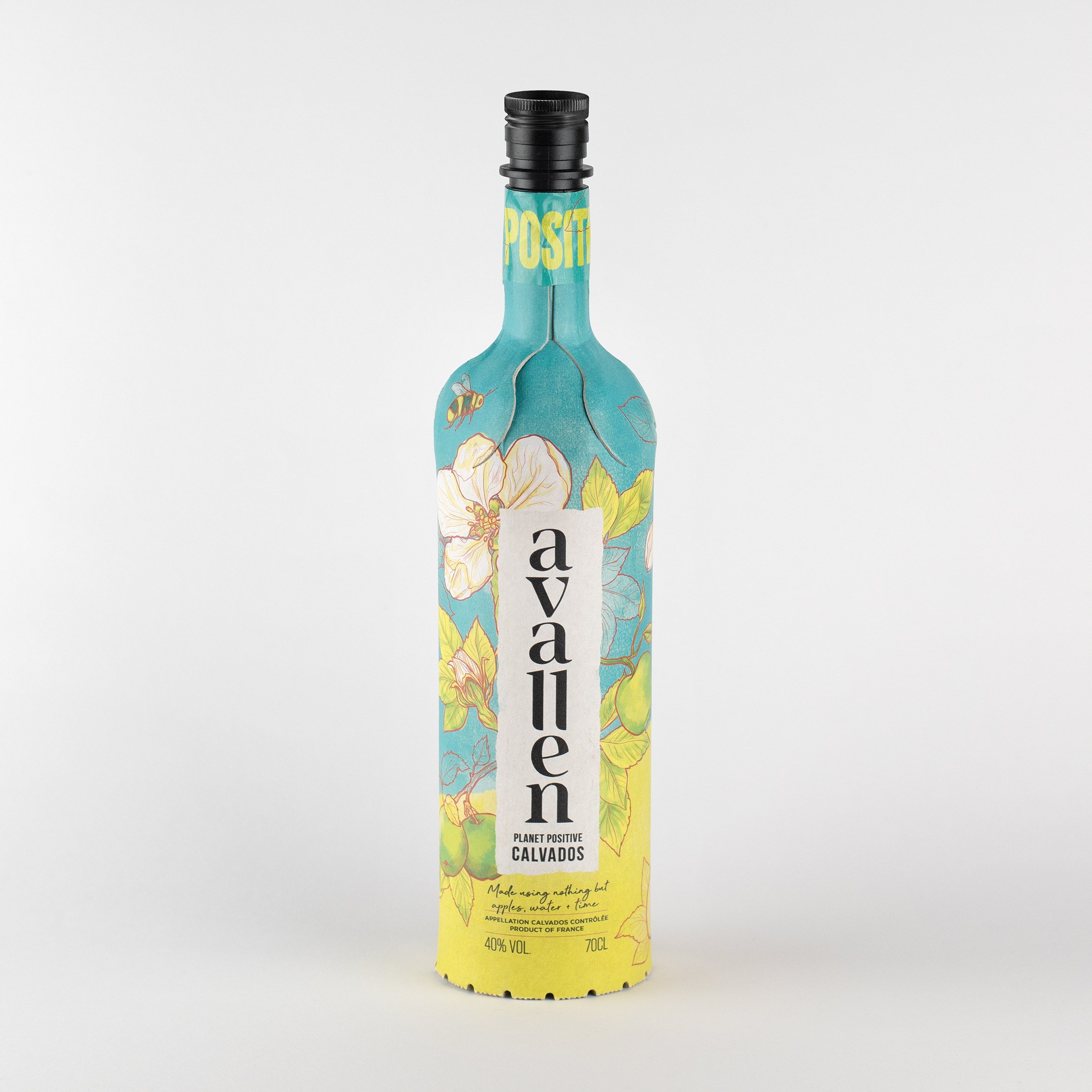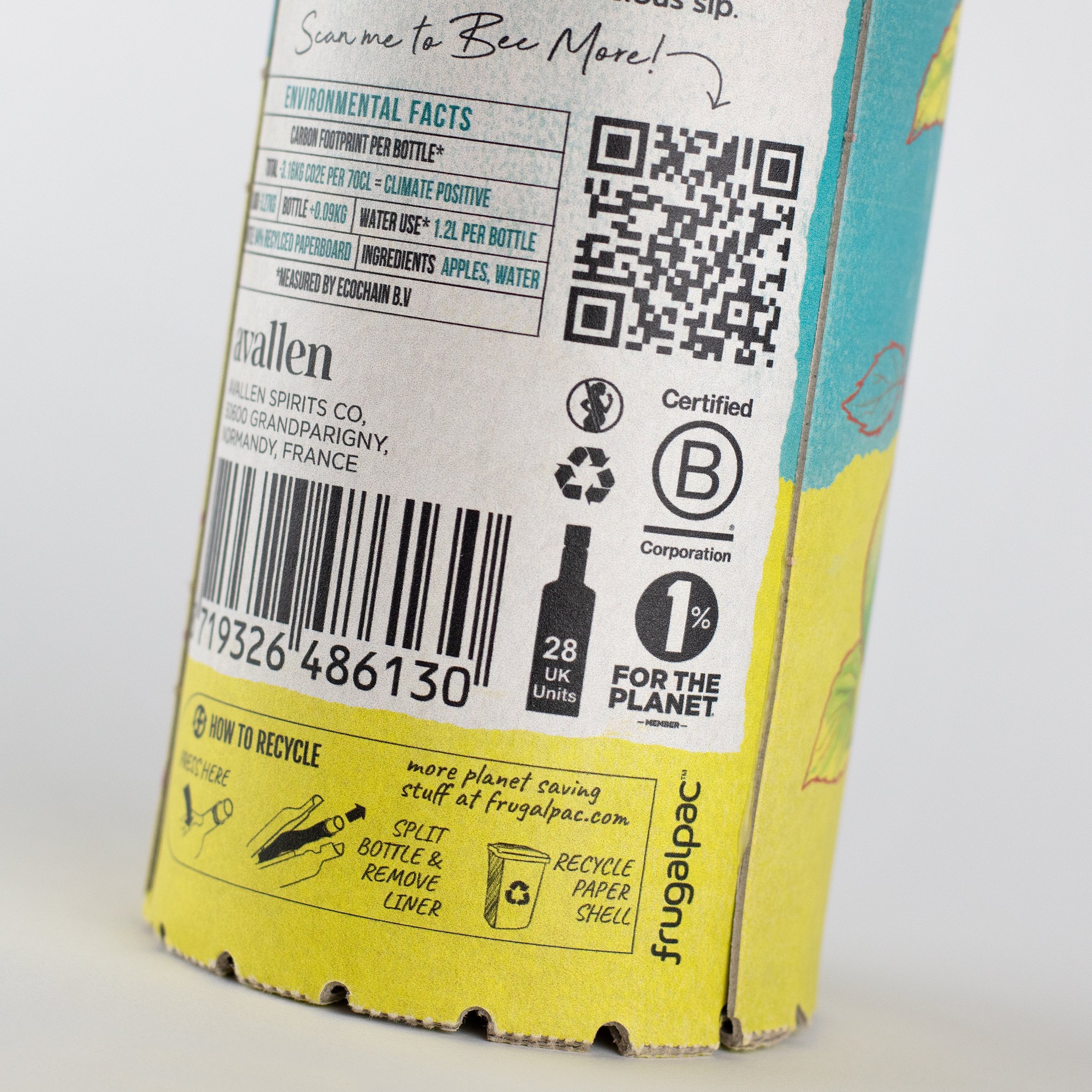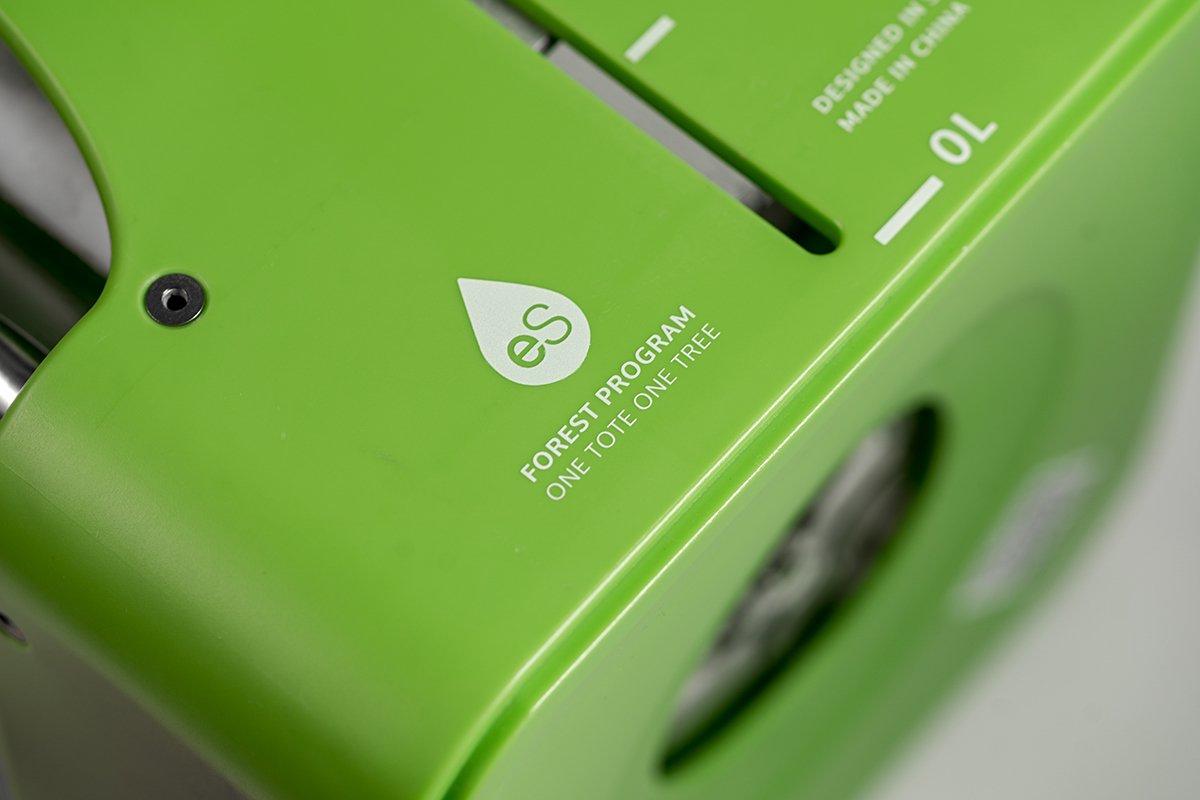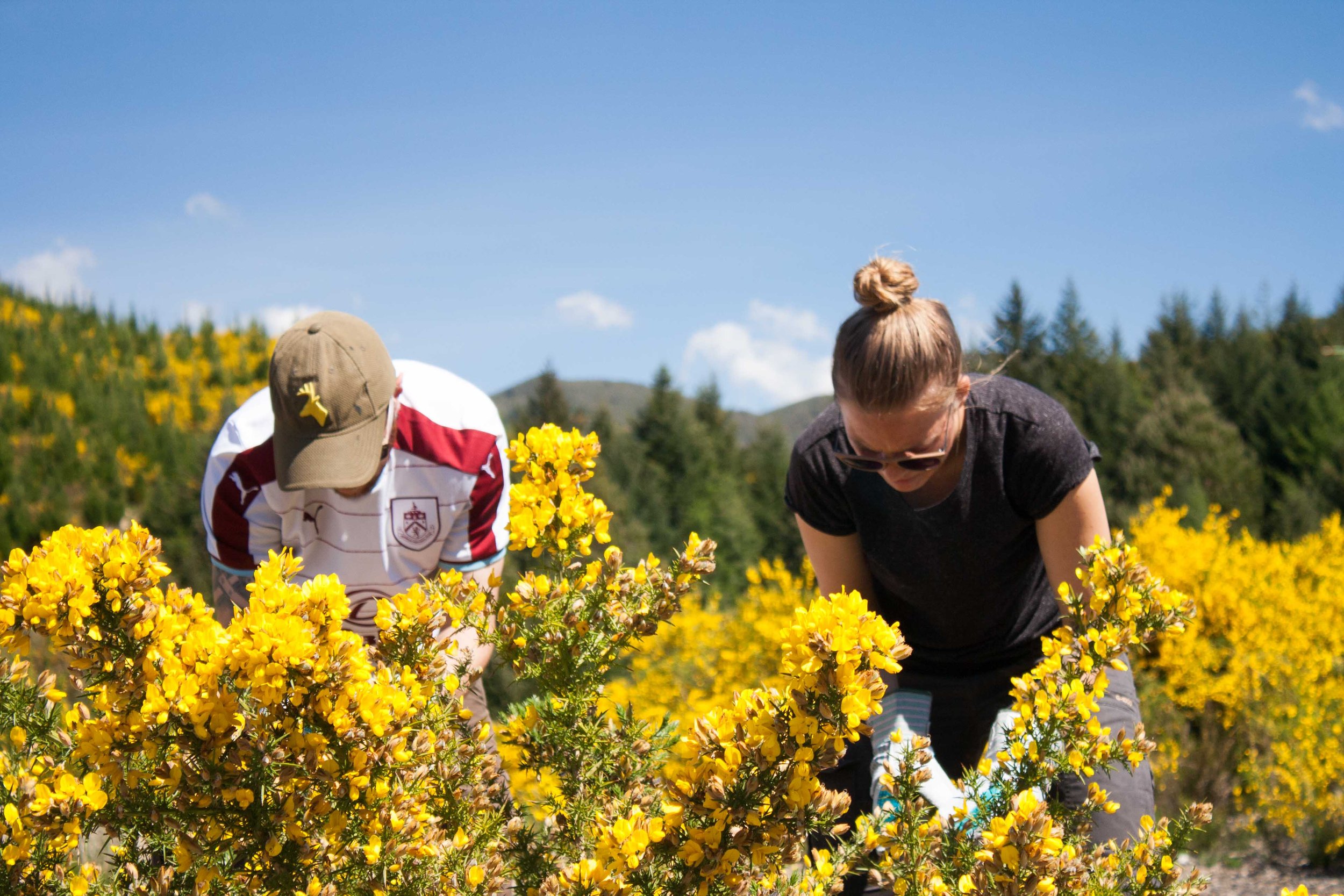5 Trends That Are Here To Stay In The World Of Craft Spirits
The last few months have not been short of spirited banter with distillers, producers, investors and esteemed thought leaders, as we work towards serving up the inaugural SOCraft Awards.
Tune in for the results on 14 May!
Straight from the tasting and judging trenches, here's the juice we've savoured (and will be savouring more of). What will be the next big thing in the realm of small-batch, artisanal and craft spirits, and the trends that are here to stay?
Read (or sip) on to find out.
1. Sustainable Distilling Practices
Image credit: Eugene Khabensky (L) and Paul Gabie (R)
“Sustainability plays a huge part in product selection, now more so than ever before” stressed Daniel Ayres, Director of Restaurants & Bars, Luxury Operations APEC Marriott International, during our discussion on luxury, craft, and sustainability in the cocktail world. Distillers are embracing sustainable production methods in response to consumer demand and growing eco-consciousness. This encompasses sourcing locally grown ingredients, reducing waste, and minimising carbon footprints. Notably, adopting sustainable measures can prove beneficial to a distiller's financial performance, as industry experts including Paul Gabie, CEO of ecoSPIRITS, and Heidi Yu Spurrell, CEO and Founder of Future Green, attest. Additionally, crafting artisanally is one way to keep your production eco-friendly, if you stick to traditional and low carbon footprint methods, as the makers of India’s Cazulo Feni do.
2. Innovations in Packaging
Craft distilleries are increasingly exploring alternative packaging materials such as recycled glass, lightweight bottles, or biodegradable options to reduce both waste and carbon footprint. Among the innovative options available are Frugalpac paperboard bottles, utilised by eco-friendly brands like Avallen Calvados and Mother Of Pearl Vodka. ecoSPIRITS has developed the world's first low-carbon, low-waste packaging system for premium spirits and wine. Additionally, we anticipate a rise in the use of recyclable T-Cork closures and wax seals, exemplified by Dunedin Distillers, as well as biodegradable tamper seals, as seen at Nc’nean Distillery.
3. Local Botanical Blends
Foraging for local botanicals has become an integral aspect of production and storytelling for many brands. Originally driven by necessity—due to ingredient availability and access—this practice has evolved into a cornerstone of brand identity, offering a compelling narrative for curious consumers. Roots Gin's foraging for local gorse flowers and hosting community grapefruit peeling events have significantly boosted their brand's appeal and production. Similarly, Song Cai Distillery's use of locally sourced botanicals infuses Vietnamese flavour into their gins while supporting local farmers and producers. Distillers are unleashing their creativity by experimenting with unconventional botanicals and crafting products that captivate drinkers. Take N.I.P. Gin, for instance, concocting a truly Hong Kong spirit infused with locally sourced (yes, within the city) longjing and shoumei tea leaves, snow pear, ginger, and Osmanthus.
4. Exploration of Heritage Grains
Image credit: Oxford Artisan Distillery
In the process of pushing the boundaries of spirit-making, we see grain as a key way distillers will seek to develop new styles and flavours – and get noticed for it. As part of Distill Ventures, Diageo made a minority investment in The Oxford Artisan Distillery. Oxford Artisan produces whisky using biodiverse “heritage” grains grown through groundbreaking restorative farming techniques. Eugene Khabensky told us how this investment fits perfectly into their “strategy to support premium and environmentally responsible brands”. Long-lost whisky grain varieties are being resurrected by distillers, bringing exciting flavours into the bottle. As an example, Ireland’s Waterford Distillery has created the Heritage Hunter Single Malt that uses arcadian barley, sourced from a rare strain rediscovered after decades and embraces the authentic flavours of traditional Irish terroirs.
5. Investing in ARTisanal
Image credit: Pernod Ricard
In 2022, Diageo India invested ₹45 crore in a craft and innovation hub in Goa to boost transformational innovation and enhance its craft drinks range, leveraging Goa's status as a hub for craft liquor, in response to growing demand in India and globally. Similarly, Pernod Ricard, the world's second-largest distiller, is expanding its craft spirits portfolio worldwide through acquisitions such as an Italian aperitivo brand and Codigo Tequila, as well as investments like The Chuan distillery in Sichuan province, China, as part of a 1 billion yuan ($140 million) investment commitment through 2029. These industry giants are recognising the rising consumer demand for high-quality, artisanally made spirits, and Eugene Khabensky, who heads Global Ventures at Diageo, offers valuable insights on how to garner attention and what qualities make a spirit investible.


